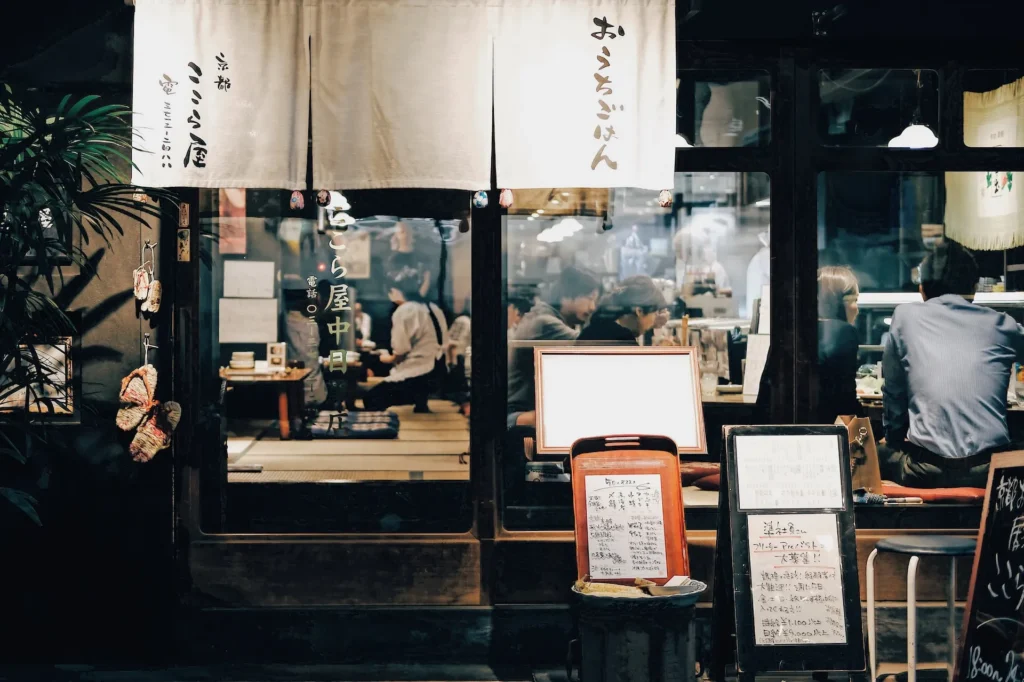
When it comes to Japanese cuisine, Kushikatsu and Tempura are two of the most popular dishes that attract foodies from all over the world. They may seem similar at first glance, but these dishes have their unique flavors and textures that set them apart.
Explanation of Kushikatsu and Tempura
Kushikatsu is a Japanese dish consisting of skewered and deep-fried meat, seafood, or vegetables. The term “Kushi” means skewers, and “Katsu” means deep-fried cutlets. Tempura, on the other hand, is a dish where seafood or vegetables are coated in a light batter and deep-fried until crispy. The batter used in Tempura is typically made with wheat flour, eggs, and ice-cold water, giving it a light and airy texture.
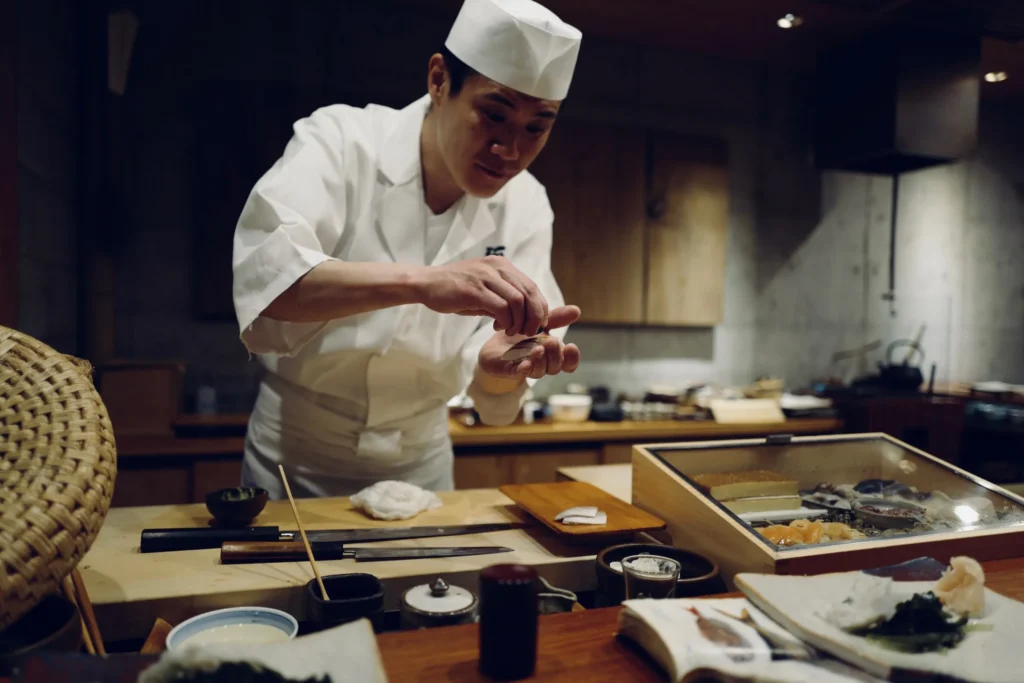
History of Kushikatsu and Tempura
Kushikatsu originated in Osaka, Japan, during the 1920s and became popular after World War II. It was traditionally eaten at street vendors, and each vendor had their unique sauce recipe. Today, Kushikatsu is a popular dish served in restaurants throughout Japan, and the sauce used can vary from region to region. On the other hand, Tempura originated in the 16th century, and it was introduced to Japan by the Portuguese. Initially, it was considered a dish for the wealthy, but it became popular among the commoners during the Edo period. Today, Tempura is a staple dish in Japanese cuisine, and it is often served as a part of a traditional Japanese meal or as a standalone dish.
Ingredients and Prep
Kushikatsu and Tempura may seem similar as both are deep-fried dishes, but they differ in their ingredients and preparation methods. Kushikatsu is made with skewered meat, seafood, or vegetables, which are coated in flour, dipped in egg, then coated in breadcrumbs before being deep-fried. The coating used in Kushikatsu is thicker and heavier than the coating used in Tempura, which makes it a bit more filling. On the other hand, Tempura is made with a light and airy batter, which is made by mixing wheat flour, eggs, and ice-cold water. The ingredients used in Tempura are typically seafood and vegetables such as shrimp, squid, eggplant, and sweet potato.

While both Kushikatsu and Tempura are deep-fried dishes, the difference in their coating and ingredients results in different textures and flavors. Kushikatsu has a heavier and crunchier texture, while Tempura has a lighter and crispier texture. The batter used in Tempura also enhances the flavor of the seafood or vegetables, while the coating in Kushikatsu is meant to complement the flavor of the skewered item. Both dishes are typically served with dipping sauces, with Kushikatsu having a thicker sauce with a sweeter taste, while Tempura dipping sauce is lighter and saltier.
Taste and Texture
Kushikatsu and Tempura have distinct taste and texture due to their different preparation methods. Kushikatsu has a thicker and crunchier coating, which makes it more filling and hearty. The meat, seafood, or vegetables inside the coating are cooked to perfection and are juicy and tender. The dipping sauce used in Kushikatsu is usually sweet and tangy, which complements the savory taste of the skewered item. Tempura, on the other hand, has a lighter and crispier texture due to the airy batter used in its preparation. The seafood or vegetables used in Tempura are coated lightly, which results in a crispy and delicate outer layer that enhances the flavor of the ingredient. The dipping sauce used in Tempura is light and salty, which balances out the rich flavor of the deep-fried dish.
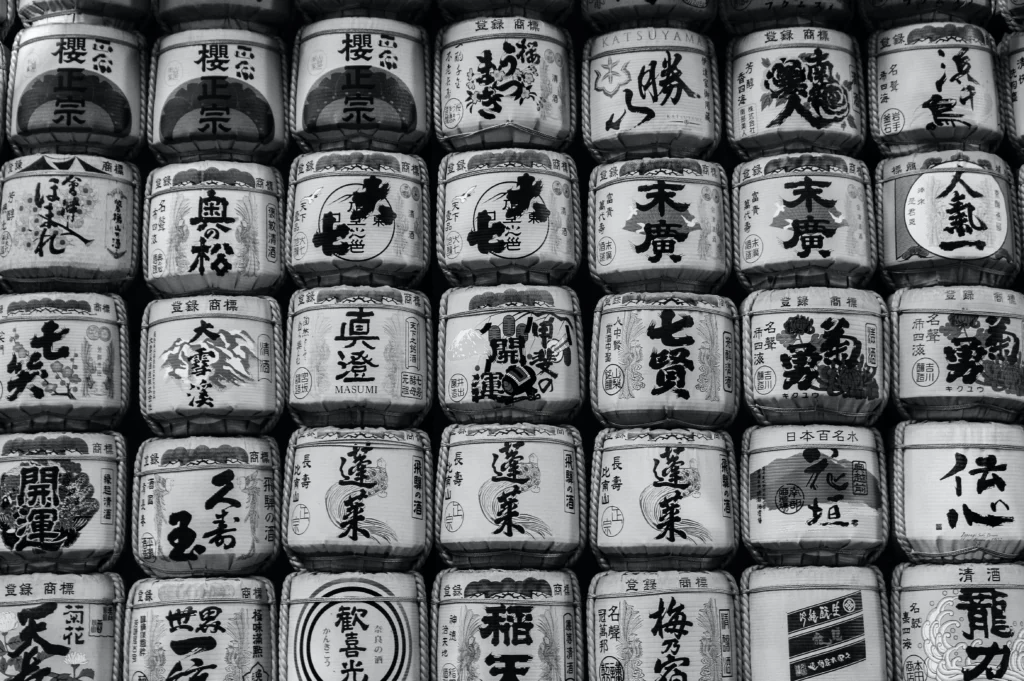
The taste and texture of Kushikatsu and Tempura are quite different, but they share some similarities. Both dishes have a crunchy outer layer due to their deep-fried preparation. However, the coating used in Kushikatsu is thicker and heavier than the batter used in Tempura, which results in a heartier and more filling dish. The flavor profile of the dipping sauces used in both dishes is also different, with Kushikatsu having a sweeter sauce, while Tempura’s sauce is saltier. Despite these differences, both dishes are known for their crispy exterior and tender interior, which makes them a delightful treat for any foodie.
Tempura, Kushikatsu and Japanese Culture
Kushikatsu and Tempura have a deep cultural significance in Japan. Both dishes originated in different regions of Japan and have been popular street foods for centuries. Kushikatsu is closely associated with Osaka, where it is considered a staple food. In Osaka, Kushikatsu restaurants are famous for their strict rules, where customers are not allowed to dip the skewers twice in the sauce to maintain its purity. Tempura, on the other hand, has a long history dating back to the 16th century and was originally introduced by Portuguese missionaries. Tempura quickly became popular in Japan and has since evolved into a unique Japanese dish. Today, Tempura is enjoyed as a delicacy in high-end restaurants and as a casual snack in street food markets.

Tempura Kushikatsu Worldwide
Kushikatsu and Tempura’s popularity has spread beyond Japan, and they are now enjoyed by food enthusiasts worldwide. Both dishes have evolved over time and have been adapted to suit different tastes and preferences. In recent years, Kushikatsu and Tempura restaurants have emerged in many countries, where chefs have experimented with new ingredients and dipping sauces to create unique flavors. The popularity of both dishes is a testament to their delicious taste and crunchy texture, which has made them a favorite among foodies worldwide.
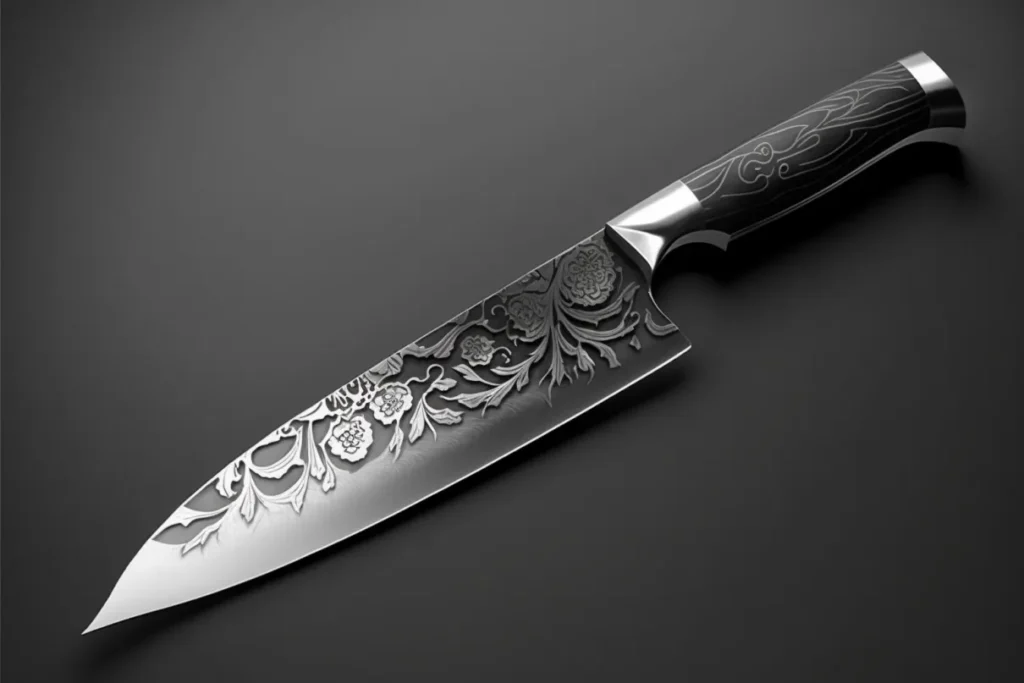
Availability: Where to Find Kushikatsu and Tempura?
Kushikatsu and Tempura are widely available in Japan and are also popular in many other countries. However, the availability of these dishes may vary depending on the location. For example, Kushikatsu is more commonly found in Osaka, while Tempura is widely available throughout Japan. So, if you’re traveling to a specific region in Japan, it’s a good idea to try the local specialty.
Presentation and Plating: Kushikatsu vs Tempura
The presentation of both Kushikatsu and Tempura is a crucial factor in how they are perceived and enjoyed. Kushikatsu is typically served on a bamboo skewer and arranged in a basket or on a plate. It is important to note that it is considered rude to dip a kushikatsu into a sauce more than once, as it can contaminate the sauce. On the other hand, Tempura is served on a plate with grated daikon and soy sauce for dipping. The crispy texture and golden color of the tempura are what make it so visually appealing.
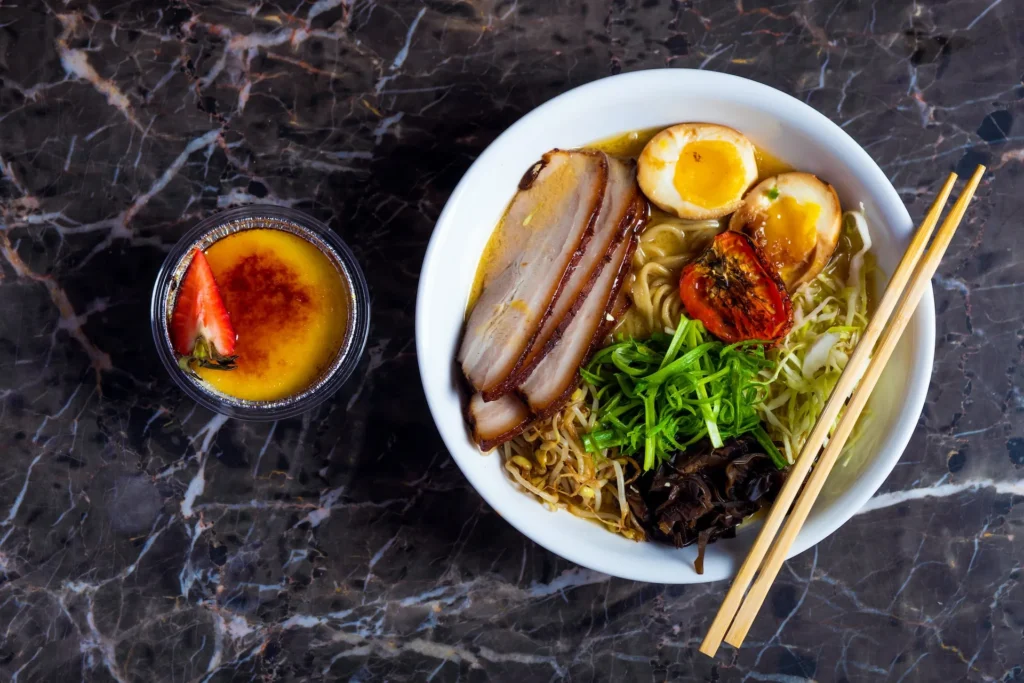
Dipping sauces for both Tempura and Kushikatsu
Dipping sauces are a vital aspect of both Kushikatsu and Tempura. Kushikatsu is usually served with a thick, savory sauce made from Worcestershire sauce, ketchup, and soy sauce. Some restaurants may also offer additional dipping sauces such as miso, mustard, or ponzu. Tempura, on the other hand, is often served with a light and slightly sweet dipping sauce made from dashi, soy sauce, and mirin. The grated daikon served alongside tempura can also be mixed into the dipping sauce to add a refreshing and crunchy texture.
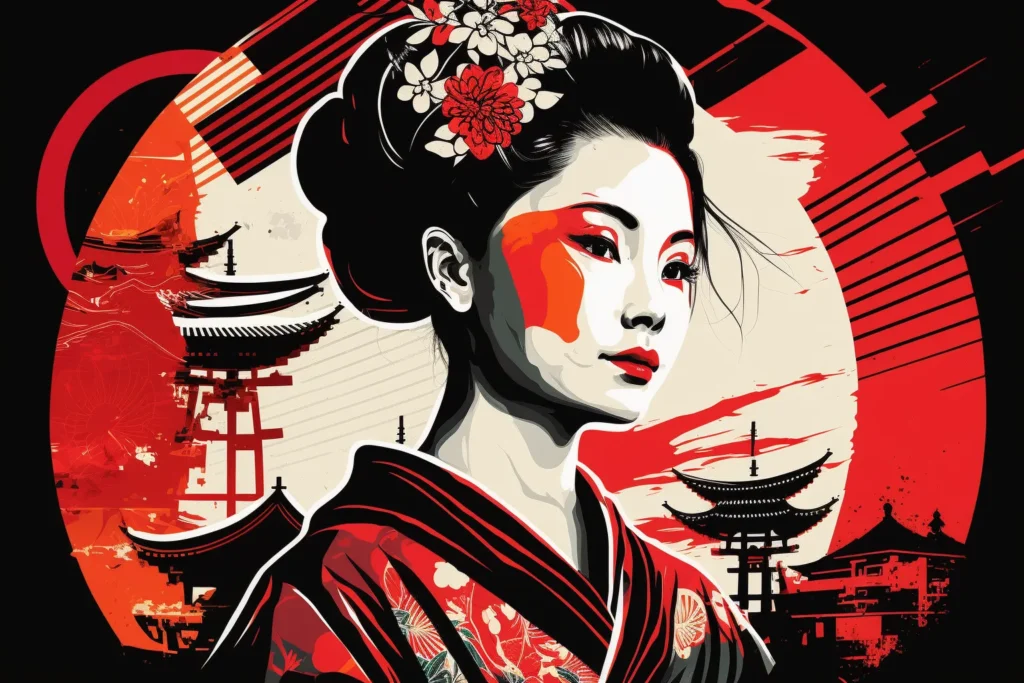
Recommended drinks to pair with Kushikatsu and Tempura
When it comes to beverages to pair with Kushikatsu and Tempura, there are a few options to consider. For Kushikatsu, many people prefer beer as the carbonation and bitterness of the beer can help cut through the richness of the fried food. Alternatively, some may opt for a glass of highball, a refreshing Japanese cocktail made with whiskey and soda. For Tempura, green tea is a popular choice as the bitterness and astringency of the tea can complement the savory flavors of the dish. Sake is also a great option, as the delicate and clean taste of the sake can enhance the flavors of the tempura. Ultimately, the choice of drink will depend on personal preference, what you’re up for on the night, and the general vibe of the place you’re eating at.

Flavor profile of Kushikatsu and Tempura
Kushikatsu and Tempura may have some similarities in terms of cooking method, but they differ significantly in terms of taste and flavor. Kushikatsu has a more savory and robust flavor due to the use of a variety of ingredients, such as meat, seafood, and vegetables, all coated with a special batter and deep-fried to a crisp golden brown. The use of panko bread crumbs in the batter gives it an extra crunch and texture.
On the other hand, Tempura has a lighter, more delicate taste and flavor, which is due to its light, airy batter made of wheat flour, egg, and water. The batter is usually very thin, resulting in a lighter coating that allows the main ingredient to stand out. The flavor of Tempura largely depends on the freshness and quality of the ingredients used.
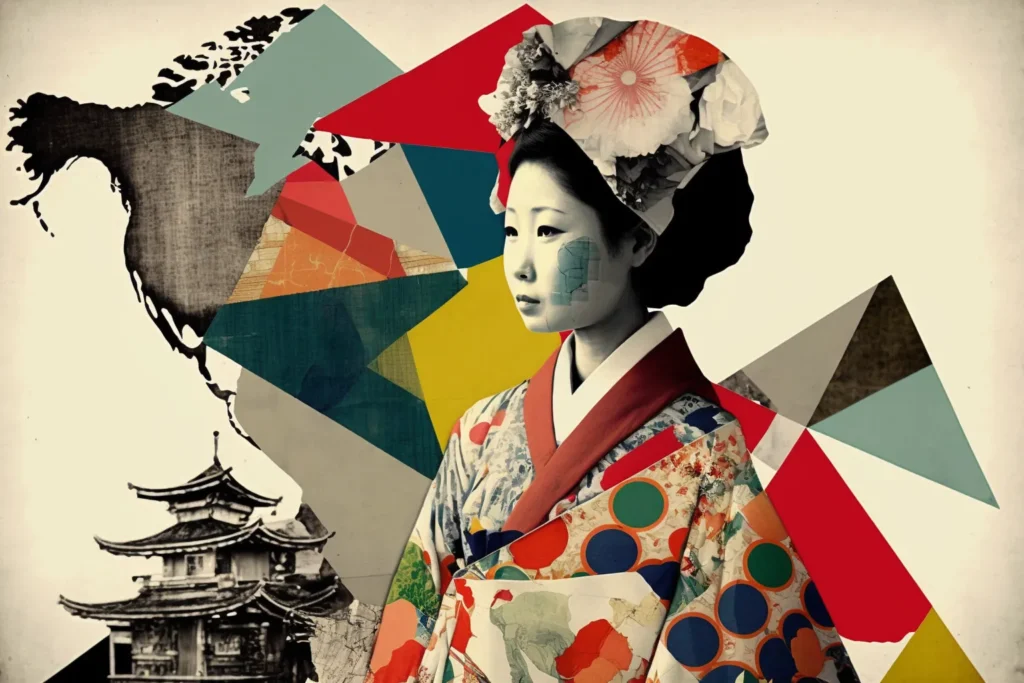
Is tempura healthier than kushikatsu?
It’s hard to say which is healthier between the two since both dishes are fried. However, it’s worth noting that tempura is typically made with a lighter batter and served with a lighter dipping sauce. On the other hand, kushikatsu uses a denser batter and is often served with a heavier dipping sauce. So, if you’re watching your calorie intake, it’s best to enjoy these dishes in moderation.
Can I use the same dipping sauce for both kushikatsu and tempura?
While both dishes are often served with a soy sauce-based dipping sauce, the specific flavor profiles of the sauces may differ. The dipping sauce for kushikatsu is typically sweeter and thicker, while tempura dipping sauce is more savory and lighter. That being said, you can certainly try using one sauce for both dishes and see how it tastes to you.

Are there any variations of kushikatsu or tempura?
Yes, both kushikatsu and tempura have variations depending on the ingredients used. For example, tempura can be made with a variety of seafood or vegetables, and kushikatsu can also include meats and other ingredients such as cheese or mochi. Some regional variations of kushikatsu also feature unique dipping sauces.
Can I make kushikatsu or tempura at home?
Yes, both dishes can be made at home with the right ingredients and equipment. However, frying can be tricky, so it’s important to follow the recipe carefully and use a thermometer to ensure the oil is at the right temperature. Additionally, it’s recommended to use a deep-fryer or a heavy-bottomed pot to ensure even frying and avoid oil splatters.

Leave a Reply